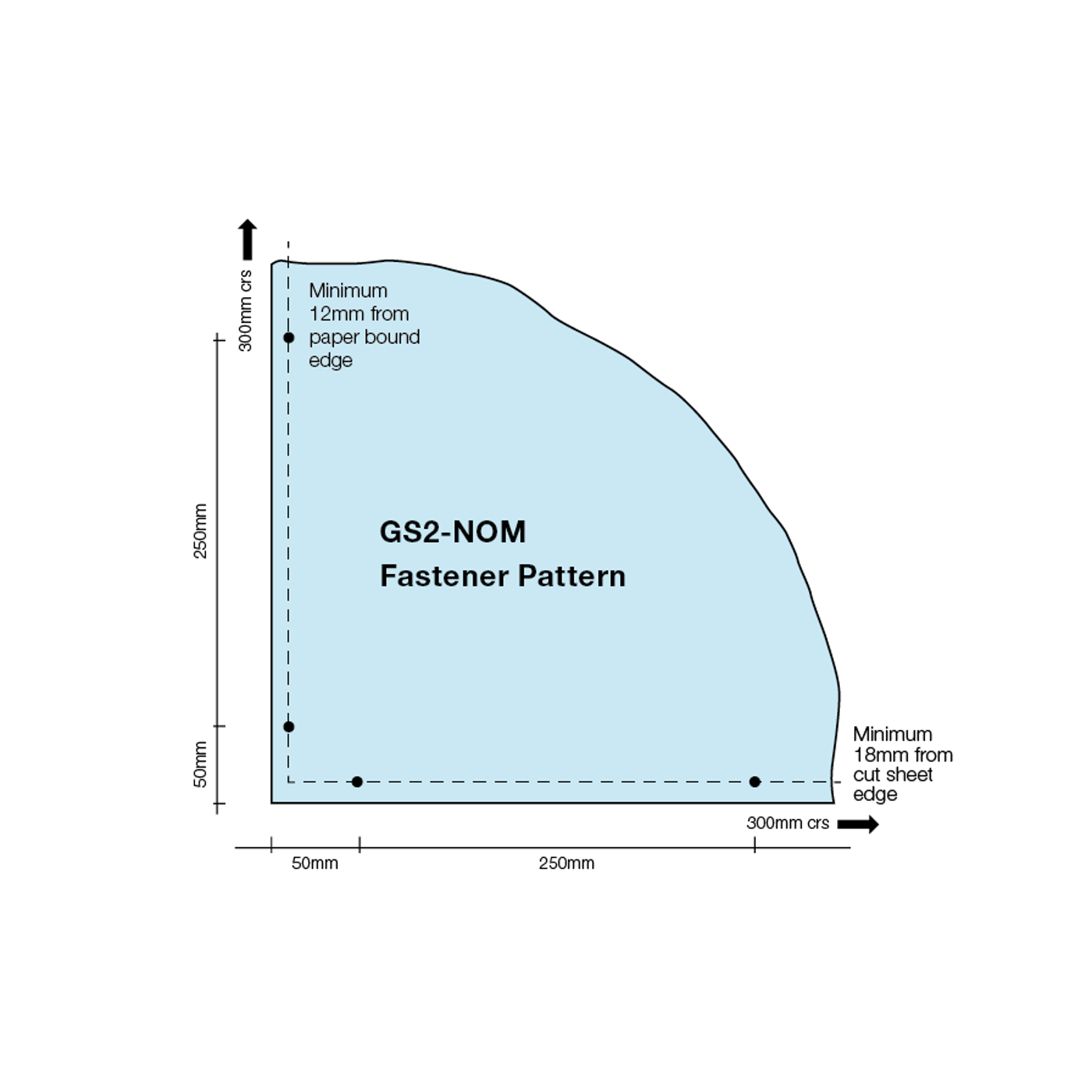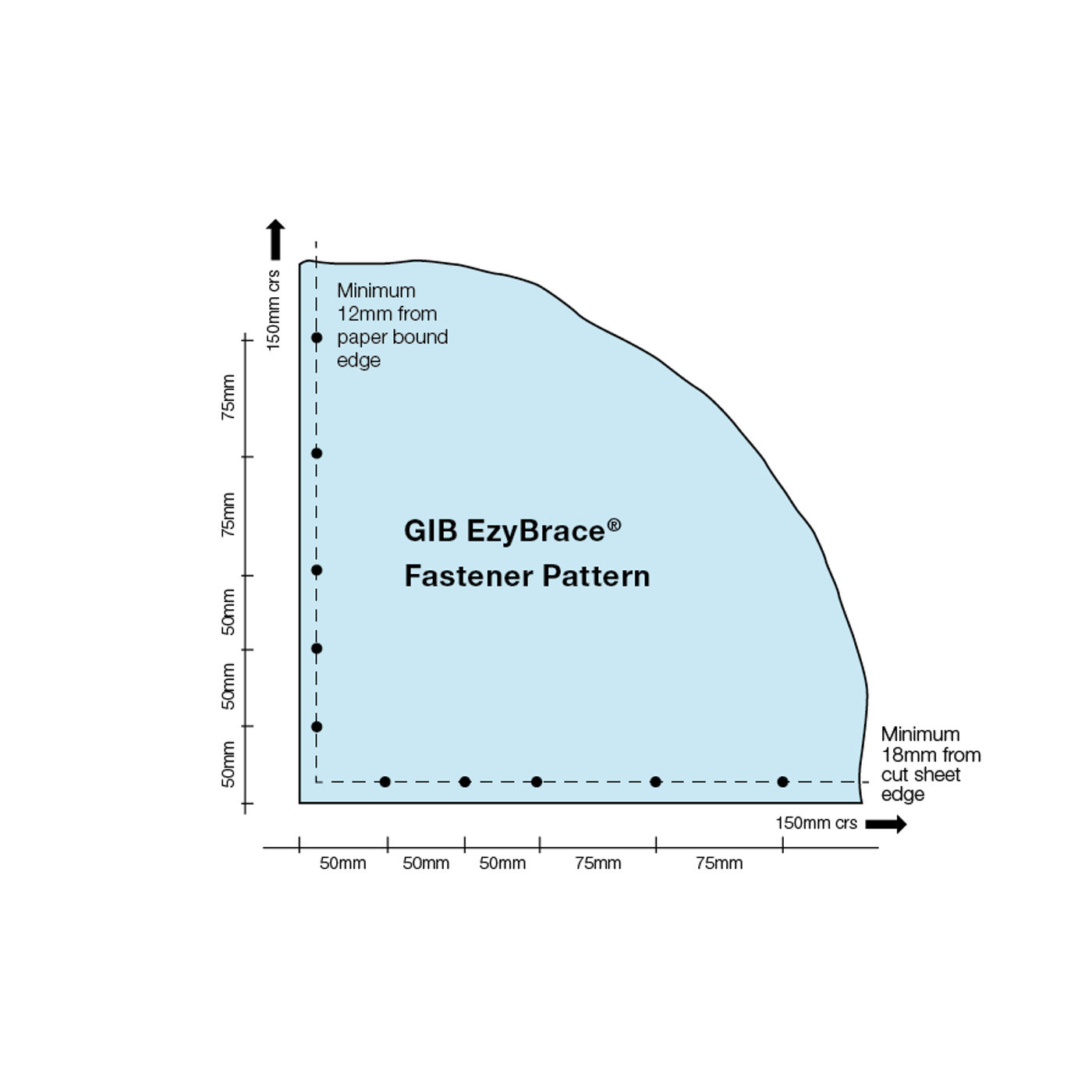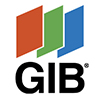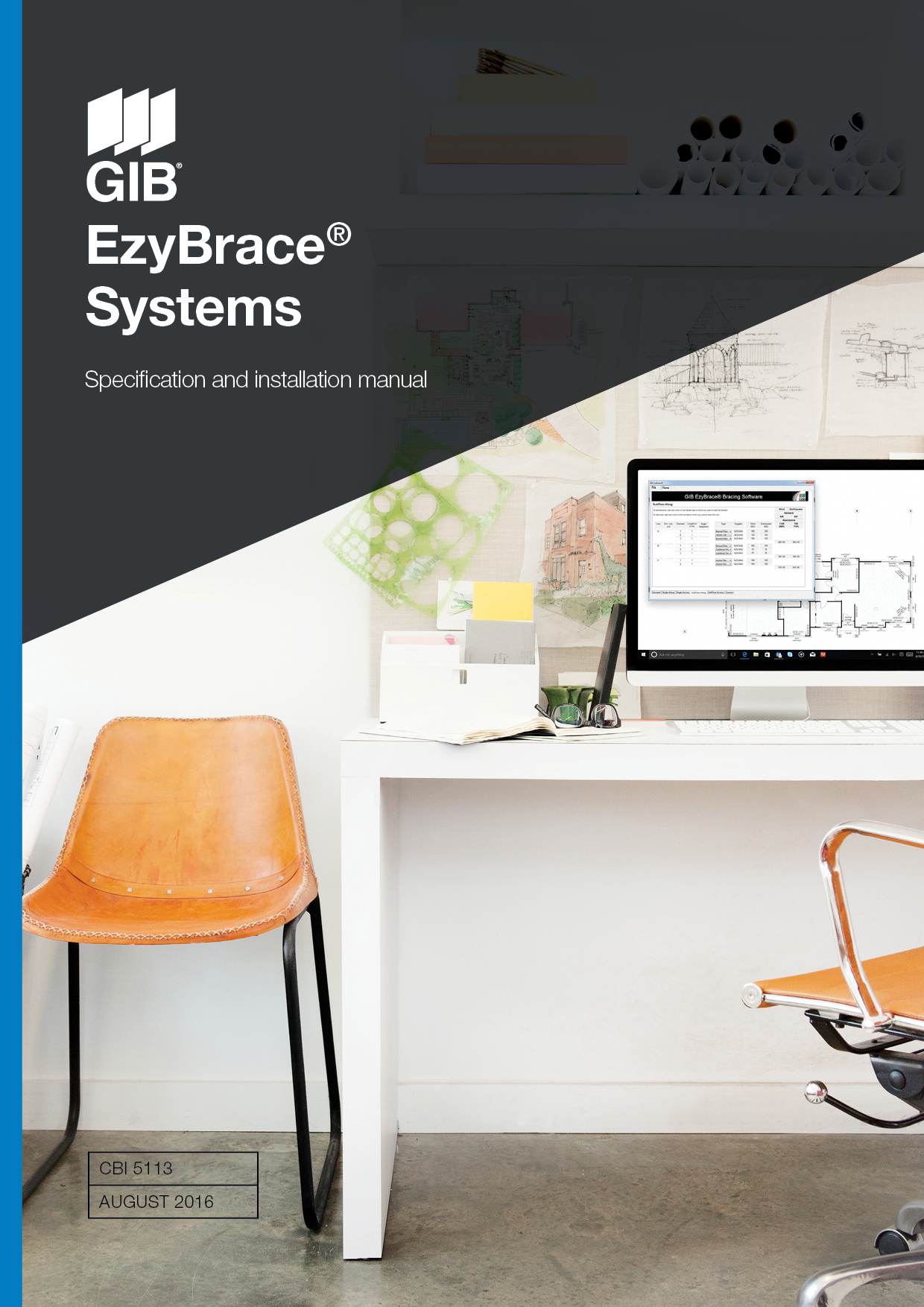
7 Things to consider when installing GIB EZYBRACE® SYSTEMS
1. Check that where possible full length wall panels have been designated as bracing elements. Using part walls isn inefficient and can cause finishing issues due to different lining requirements and unnecessary fastener lines.
2. Check that GS1-N, GS2-N and GS2-NOM bracing elements have been used where available and that high performance bracing elements have been specified efficiently and only where needed (e.g. building corners, narrow panels supporting lintels over window or openings).
3. Discuss the bracing layout with your designer or call the GIB® Helpline for assistance.
INSTALLATION
04. Fasteners must be placed no closer than 12mm from the paper bound sheet edge and no closer than 18mm from sheet ends or cut edge.
Note: For panels between 400mm and 450mm place fastener centrally.


The nomination of GIB® bracing elements is simple.
The most common elements are:
- GS1-N: one face of walls (GIB® Standard one side and no special hold-down brackets)
- GS2-N: used for internal walls (GIB® Standard both sides and no specific hold-down brackets)
- GS2-NOM: used for internal walls (GIB® Standard both sides, Standard plasterboard fixing pattern and no specific hold-down brackets)
06. The ‘H’ in some bracing elements eg. BL1-H indicates that all these have special hold-down brackets at the ends of the element. For complete system coverage we recommend using the GIB Handibrac®. The BOWMAC
screw bolt has a minimum characteristic uplift strength of 15Kn in concrete and 12Kn in timber.
07. GIB® Grabber® screws (with the ‘G’ on the head) have been tested for use in GIB® Bracing Systems.

